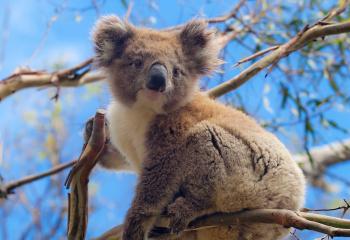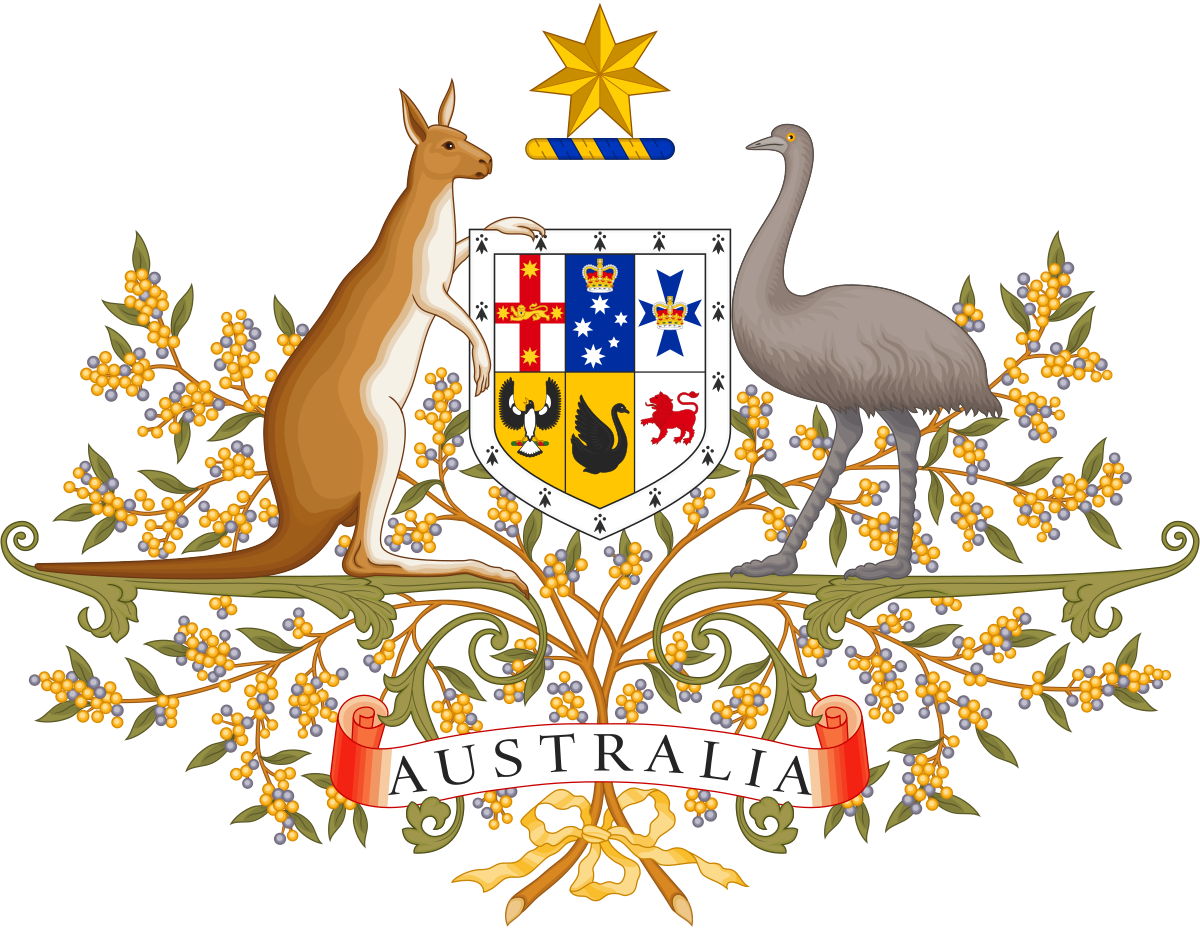Australia and Australian Education
Australia and its Education
The very first time that I’ve ever known about Australia is a news that was on my Chinese exam paper, it was about four Chinese senior women were playing Mahjong, a traditional Chinese board game, on the top floor of the building in Sydney. When I first read this piece of news I laughed a lot, and I even praise their thoughts of bringing traditional Chinese culture abroad. The background of this piece of news is the Sydney opera house, I was astonished by its unique shape and outlook. As a big fan of various architectures around the world, I searched the information about this architecture online, and I found that this opera house locates at one of the most developed countries in the south hemisphere, Australia.

Afterward, I found that the cute kangaroos and adorable koalas are the representative animals in Australia. Ever since I go to the local zoo of my home city, I will go visit the “houses” of kangaroos, and there will always have some introductions next to their houses. To be honest, I’ve never seen koalas before, and I only saw some pictures online, and also I can get to know more information from our English exams. My English teacher always assigns some readings which are about the cultures, traditions, and also knowledge about some famous and renowned countries. In addition, in those readings, the most part that describes the Australia is about the local environment, animals, and a few histories.

As I stated in last several blog posts, with the development of globalization, and also the relatively inadequate resources for Chinese higher education, more and more Chinese students choose to study abroad. Except for the most popular two countries, UK and the US, Australia becomes another famous destination for those who want to study abroad. Before I introduce the education in Australia, I want to spend some time on the official history of Australia that I found online. Australia is home to one of the oldest cultures indigenous groups in the world, called the Aboriginals. They are believed to have arrived in Australia by boat over 50,000 years ago. At the time of European settlement, there were an estimated 1 million aboriginal people spread across the continent of Australia. At that time, the people were broken up into 500 nations and 700 languages were being spoken. Australia was colonized by Captain James Cook who claimed the land for the British. The land was colonized to be used as a penal colony and the British sent convicts there to be imprisoned. Free settlers started to flow into the continent in the early 1790’s. As more and more people were entering the country, the Aboriginal people were pushed out of their land and were exposed to foreign illnesses. As the 1800’s rolled around more people continued to come from Britain. The land was turned into farms. By 1901, Australia was divided into 6 states, but they came together to sign a constitution and continued to become more independent from the British.

The First World War had a big impact on Australia; Australia did not have enough men representing them in the war to be a competitive force and many of the men during their service. During the Great Depression, Australia took a hit as many of its financial institutions collapsed. Following the Second World War, migrants from all over Europe and the Middle East moved to Australia and got jobs in the prospering manufacturing sector. The economy continued to boom throughout the 1950’s as the country had large national building projects, international demand grew for Australian exports and Australian home ownership increased by 30%. Although still being a part of the British Commonwealth, Australia gained much independence during the 1960’s as they resisted to participate in the Vietnam war. Australia itself takes up 5% of the world's mass and is the 6th largest country and the largest country that is surrounded by water. It is the smallest of the continents on earth. It has a population of 17.5 million.
The Australian educational system similar to most other educational systems in other countries, it is split up into three divisions: primary school, secondary school, and senior secondary school, this is similar to how the school is broken up in other countries, including the United States. In addition to their traditional schooling system, as mentioned above, Australia offers a tertiary education as well including universities and Vocational Education and Training (VET). Since English is the official language of Australia, it is used to teach in classes as well. Some schools offer bilingual languages or programs for learning other languages, however, compared to other countries, a vast majority of Australian students are monolingual. The Australian school year runs from January – December. There is a national Australian Curriculum which sets country wide expectations for all students. Besides the national curriculum, the schools really vary by state and territory with how the curriculum is implemented.
The Australian curriculum differs from that in other countries as they have the Australian Qualifications Framework (AFQ). The AFQ was created in 1995 and is a way of tracking progress in tertiary education. It consists of 10 levels each represent different accomplishments ranging from Certificate I through a Doctoral degree, with various degrees of associate, bachelor, graduate and masters as levels in between.

In Australia, the public schools are free for Australian Residents, however, students on visas may be required to pay to attend the public school. Additionally, even for Australian residents, they are still expected to pay for school uniforms, books, and supplies. In addition to the public schools, there are also private and boarding schools in Australia. The private schools are mostly religion based. The majority of these school are Christian schools, however, in larger cities, there are often Jewish, Islamic and Buddhist schools as well. The boarding schools in Australia are typically for students who live in isolated areas and subsidized by the state or territories government. The private and boarding schools aren’t required to follow the Australian National Curriculum although many do. The schools that don’t follow that often offer the International Baccalaureate.
Australia not only have beautiful natural sights, but also the comprehensive cultures that I need to pay more attention to and also get to know more. Compared with other countries that I described in the last several blog posts, I found that Australia might be a little bit strange to me, but I will try my best to know more, and one day I will visit Australia.

Comments
Post a Comment